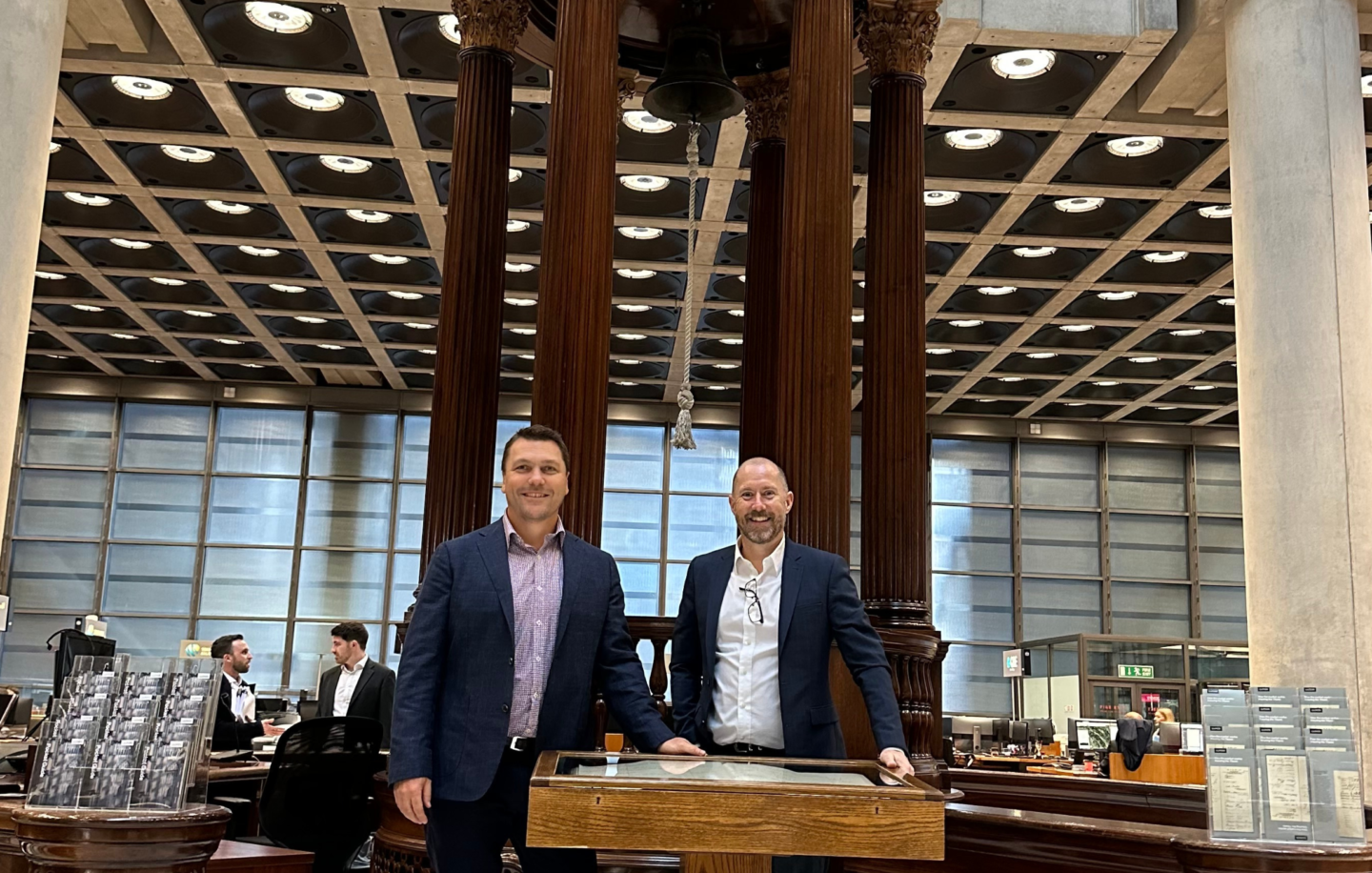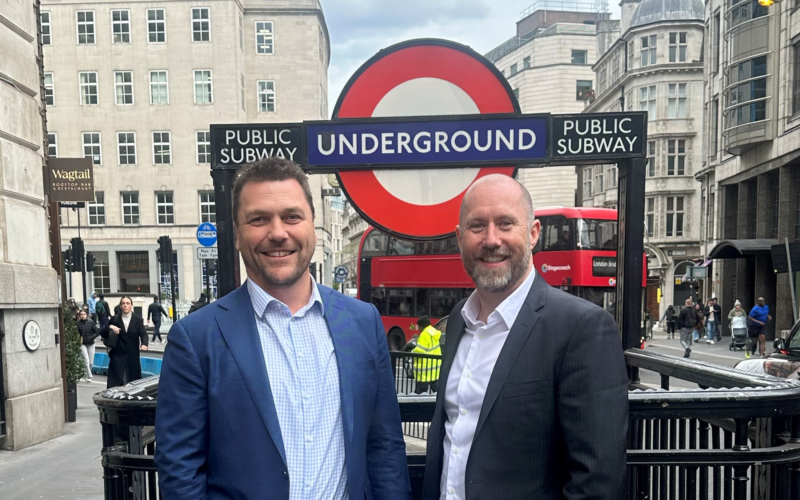Written by Paul Mulligan and Mathew Lethborg
Insights into the market:
Here at PNOinsurance, we continue our focus on building a strategic long-term position in the Lloyd’s market. This is built around being independently owned from a corporate direction, agility to move clients to parts of the market that best suits them, and the development of meaningful strategic relationships.
To demonstrate this focus, we recently had another round of visits with two of our senior executives and clients travelling to London in March to meet with key stakeholders.
The Australian market remains challenging for both capacity and consistency around appetite, pricing, and coverage.
We feel for certain occupations this challenging market is here for the long term and believe that a strong relationship with London in addition to the local insurers is the key to achieving the best result.
During this month’s visit, we heard from Lloyd’s that there are both global and Australian centric challenges, including:
- Worker-to-worker excess remains a strong focus for Lloyd’s insurers. Sighting it would be good, to see some sort of reform before excess levels become unaffordable for certain size businesses. This has a major impact on the construction sector and similar businesses with a large contractor and subcontractor reliance.
- There has been an increase in losses due to the severity of natural catastrophes around the world in 2022. The changing environmental conditions concerning the market include:
- Australia – Floods & fires
- America – Florida hit by Hurricane Ian, expecting $B’s in losses
- New Zealand – Floods and a cyclone (again completely outside the expectation of the local risks)
- Re-Insurers were hit hard, especially in Florida, with the storm falling out of geo-mapping areas and consequently, they were holding a lot.
- This will filter through the syndicates when re-insurance treaties are renewed which will result in:
- An expectation of up to double-digit rate increases in Australia (America expecting +40%)
- Reduced capacity availability, which will lead to finding alternative markets to fill capacity, which is:
- Usually at a higher rate and will increase the premium
- Have different excess conditions (usually worse), than the primary layers
- Inquiries into captive structures have increased particularly from businesses in Australia. Companies with strong balance sheets and good risk management will most likely get the best value out of a captive arrangement.
- A captive structure (your own insurance buying mechanism) is about a long-term view, having the clear ability to take on high self-retentions (excess), and obtaining the potential ability to look to the re-insurance (wholesale) market as a source of capacity.
- We feel for the right risks, there is no harm in having a general conversation with “independent” captive managers through PNOinsurance.
In summary
This time last year we were expecting rates to begin to level out, 2022 events have now caused an adjustment in the market. The re-insurance increases will need to be either absorbed by the insurers, syndicates or passed onto customers.
It’s not all bad news, Lloyd’s underwriters will reward risks that are well managed, proactive in risk management, and listen to recommendations – it won’t be a blanket increase across the industry.
We recommend when and where possible, that challenged accounts or high-risk classes consider preparing a good presentation and travel to London to meet the Lloyds underwriters. Face to face is still key in the London market, which holds strong regard for relationships.
Lloyd’s of London annual results
The annual report: A closer look
Before we get into the results, it’s important to mention that an insurance company drives profits in two ways:
- Underwriting performance: An insurer endeavours to collect more in premiums than they spend in claims and operating costs.
- Investment performance: They invest that premium until such time as they need to pay out claims.
In 2022, the Lloyd’s market reported a strong underwriting result of £2,641m (2021: £1,741m), with a combined ratio of 91.9%, representing a 1.6% improvement when compared with the prior year.
Interest rates in 2022 led to significant valuation losses across the portfolio, driving reported net investment losses and producing a loss of £769m before tax (2021: profit of £2,277m).
Lloyd’s Combined Ratio: Throughout the years.
The best measure of a successful insurer is its underwriting performance. This is simply assessed by a common ratio called the “Combined Ratio”. The combined ratio is a metric for evaluating the profitability and financial health of an insurance company. To get the combined ratio, you divide the total sum of incurred losses and expenses by the earned premium. So, a combined ratio of 100% is breakeven (before taking into account investment returns). Conversely a combined ratio of 95% essentially means an underwriting profit of 5% of premium.
As mentioned, the combined ratio in 2022 was 91.9%, providing another profitable result.

*Impacted by COVID
*Source: Llloyd’s 2022 Full Year Results



